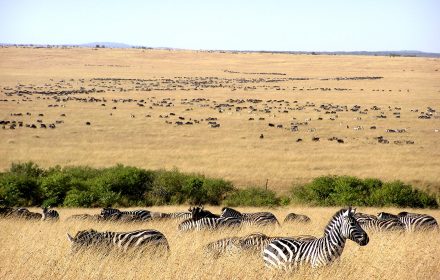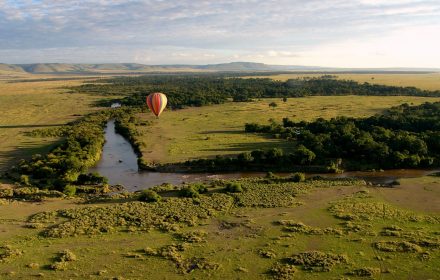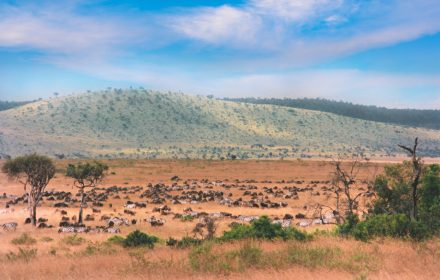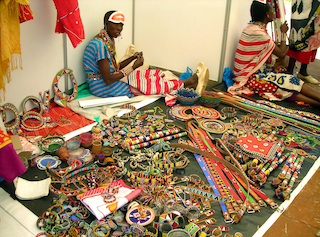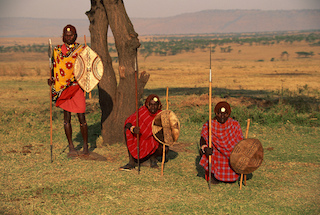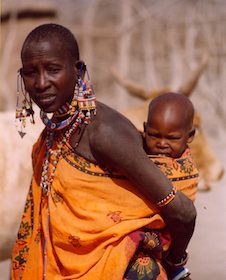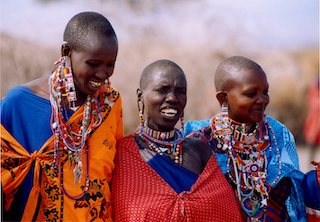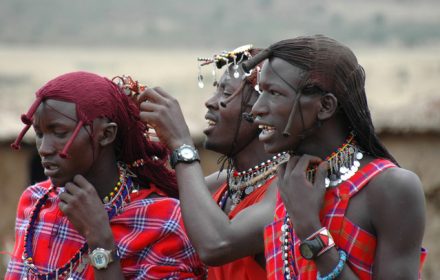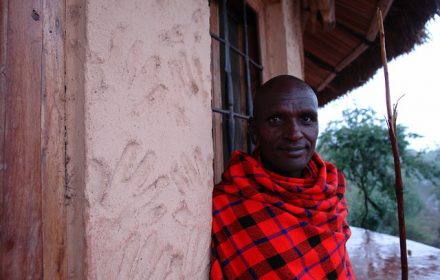When it comes to jewelry, bands are a timeless piece that can elevate your look without breaking the bank. There are options that combine elegance and affordability. We explore stylish yet affordable bands that are perfect for any budget, helping you find the right piece to add to your collection.
Maasai
The Masai tribe, one of Africa’s most recognized ethnic groups, is renowned for its vibrant culture, which is expressed through a series of unique ceremonies. These Masai ceremonies play a crucial role in the community’s social structure, identity, and the transmission of cultural values from one generation to the next.
Maasai tribe, known for their vibrant culture and rich traditions, is one of Africa’s most iconic pastoralist communities. Primarily found in Kenya and Tanzania, the Maasai have a unique way of life that is closely tied to their environment, particularly their livestock. Their eating habits reflect their values and beliefs.
The Masai tribe, known for their vibrant culture, distinctive dress, and deep connection to the land, is one of Africa’s most recognized ethnic groups. Primarily found in southern Kenya and northern Tanzania, the people who belong to the Masai tribe have maintained their traditional lifestyle despite the pressures of modernization.
Tourism in Kenya offers a vibrant tapestry of experiences, with the Maasais playing a significant role as both cultural icons and key stakeholders in the tourism industry. As visitors flock to Kenya to witness the majestic landscapes and unique cultural practices of the Maasai, the impact of tourism on this indigenous community is profound and multifaceted. This comprehensive guide explores the various dimensions of tourism’s influence on the Maasais, including its economic benefits, cultural implications, and the challenges faced by the community. Tourism is a double-edged sword, offering both opportunities and challenges, especially for indigenous communities such as the Maasais.
The Masais of Kenya are renowned for their vibrant culture and deep connection to the land. Central to their cultural identity are the rich and diverse mythologies that shape their worldview, traditions, and daily life. These mythologies not only provide insight into Masai beliefs and values but also reflect their profound relationship with nature and the divine. This comprehensive guide explores the varied mythologies of the Masais in Kenya, shedding light on their origins, key themes, and cultural significance. The Masais of Kenya and northern Tanzania possess a rich tapestry of mythological beliefs that have been passed down through generations.
The Maasai people, renowned for their rich cultural heritage and distinctive way of life, are facing a multitude of challenges in contemporary Kenya. Despite their vibrant traditions and historical significance, the Maasai are navigating a complex landscape of social, economic, and environmental issues. This in-depth guide explores the various challenges faced by the Maasai people in Kenya, shedding light on their impacts and the ongoing efforts to address these issues. The Maasai people in Kenya, with their striking traditions and deep connection to the East African landscape, are experiencing a range of challenges that threaten their nomadic way of life.
Masai people are one of the most iconic and recognizable ethnic groups in Kenya, known for their distinctive culture, traditions, and vibrant way of life. Situated in the heart of East Africa, the Masai have played a crucial role in shaping Kenya’s cultural landscape. This in-depth guide explores the Masai people, their history, cultural practices, and their impact on Kenya’s tourism and heritage. The Masai, or Maasai, are a Nilotic ethnic group known for their rich cultural heritage and semi-nomadic lifestyle. Predominantly found in Kenya and northern Tanzania, Masai are renowned for their traditional customs, colorful attire, and social structures.
Mystery, myths, and legends shroud the Maasai history. Much of their early origins come from their vibrant oral traditions. There is a lack of written sources. This indigenous pastoral society often passed on their traditional knowledge in the form of folktales, stories, songs, poetry, and chants. They contain knowledge about traditional medicine, landscape ecology, grazing practices, the behavior of animals, gathering of wild plant foods, and livestock management. Their origins are limited to our knowledge of them from the past few centuries. Maasais still hang on to their shukas, masks and religion that quintessentially serve as relics of their past.
This is a sneak preview into the personal lives of Maasais. Maasai music has no instruments. They use grunting vocals of two different contrasting rhythms. The lead singer calls out something, and the rest would repeat it. Maasai dancing is fascinating. Singers stand in a line. Then each person jumps as high and as long as they can. Some dancers pay close attention; others just giggle, and some others talk to their co-dancers while dancing. Their death is without a formal funeral service. Burial has been reserved only for chiefs since Maasais believe that burying people is harmful to the soil.


